DO Rosin your Bow Hairs before playing your
Violin.
DO Loosen the Bow Hairs after each use.
DO Trim any broken Bow Hairs when they occur.
Use scissors to trim the Hairs.
DO Check the Bridge to make sure it is upright.
DO Put your Violin back in the Case when you’re
not using it.
DON’T Force your Violin into the Case.
DON’T Close the lid if it seems difcult.
DON’T Eat while playing.
DON’T Overtighten the Bow Hairs.
DON’T Use polish on your Violin.
DON’T Leave your Violin in a hot car.
Care & Maintenance
q
w
Have fun!
• After playing, gently loosen the hairs of
the bow a little bit and place the bow in
its compartment in the Case and turn
the Restraining Hook back to its original
position.
• Gently clean the violin of the Rosin
residue and hand prints with the
Polishing Blanket supplied.
• You should not have to polish the violin.
Never use water or furniture polish
because that will hurt the nish and
affect the sound too.
• Place the violin in the case and secure
it in its place with its velcro strap. Make
sure that the cover closes with ease.
Never force the cover closed.
• Never store the violin near heat or cold
or any extreme conditions.
• When you are not using your Violin, do
not place the Case upside down.
• Hold the Violin with the left hand.
• Place the Violin on the left collar bone and the
front of the shoulder. Rest the left side of your
chin on the chin rest. Hold the Violin horizontally
or parallel with the oor, and slightly angled to
the left. q
• It is important to hold the Violin properly in the
left hand and to properly place the ngers on the
Strings. Your teacher will show you.
• The left elbow should be under the center of the
Violin.
• Your rst sounds will be made using open Strings,
that is, without your ngers on the Strings.
• Hold the Bow in the right hand, with the ngers
on the beginning of the wood and the thumb just
off the Frog. w
• Place the Bow (after adding Rosin to the Hairs)
on the open Strings, one String at a time, and
pull and push the Bow across the String. A sound
should be made.
• The rst sounds might be “scratchy.” Eventually,
the sound will grow in beauty and ease of playing.
• You will also nd that the speed of the Bow and
the weight or pressure of the Bow on the Strings
should be “equal” for the best sound. Again, your
teacher will show you.
© 2008 Suzuki Corporation
www.suzukimusic.com/fundamentalwww.suzukimusic.com/fundamental
Assembly, Care & Maintenance Guide
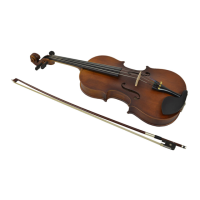

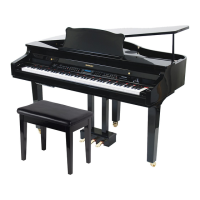
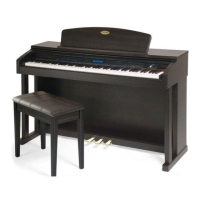
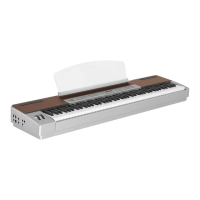
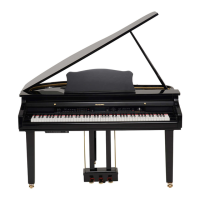

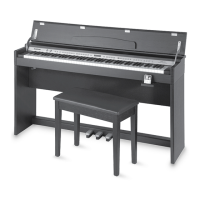

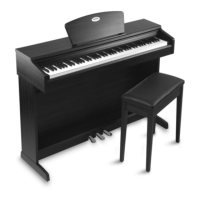


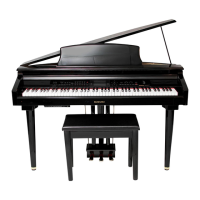
